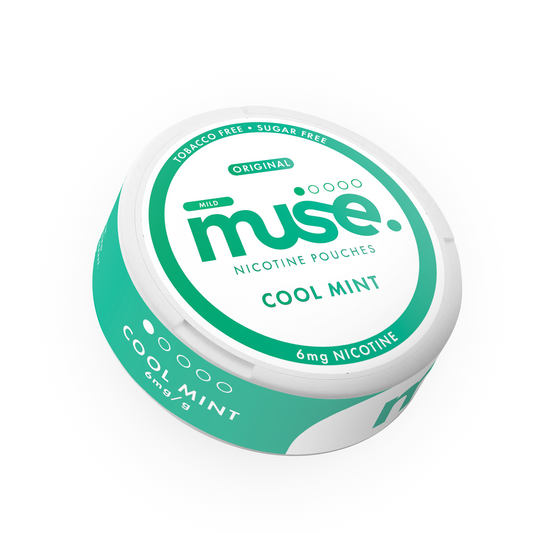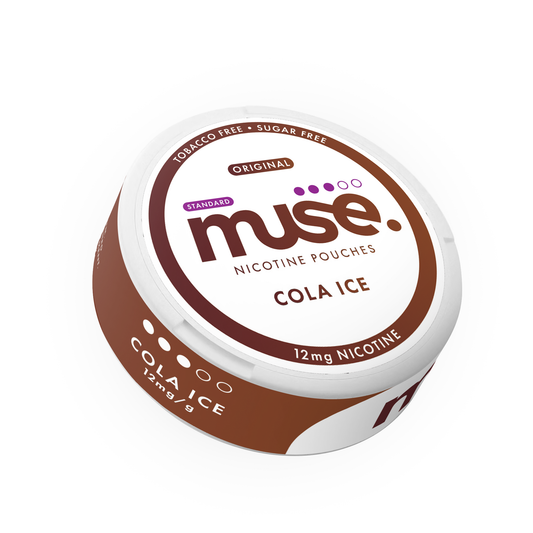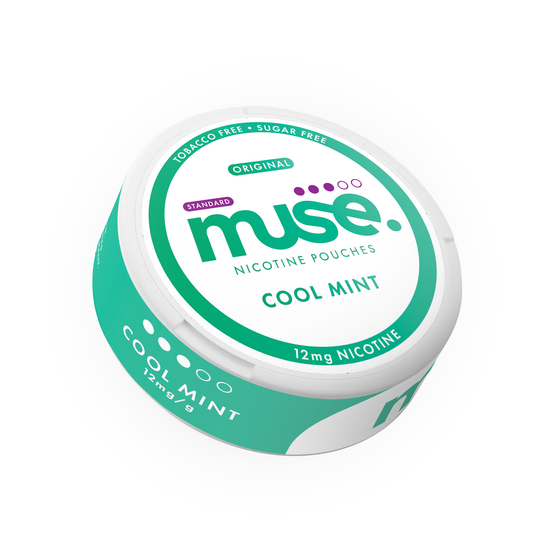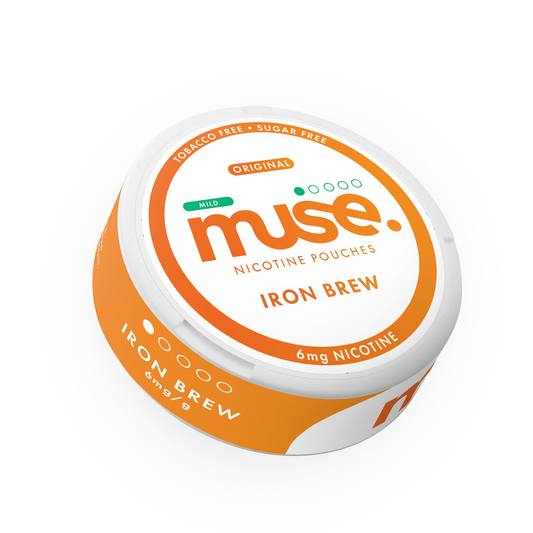If you’re still reaching for an energy drink every time you need a pick-me-up, it’s time for an upgrade. The newest generation of strongest caffeine pouches (think compact, smoke-free, precisely dosed sachets) gives you the power of several coffees in a pocketable, discreet format — without sugar crashes, sticky cans or messy spillages. For people who demand performance — athletes, night-shift workers, students, creatives and gamers — caffeine pouches are not just an alternative: they’re the smarter, cleaner, more controllable energy solution.
This long-form guide explains why the strongest caffeine pouches outperform energy drinks on convenience, dosing, effect profile and etiquette, and it walks you through buying, using and getting the best results — with practical, transaction-ready language so you can find and buy the right pouch in the UK today.
What the strongest caffeine pouches offer (short and sharp)
The strongest pouches on the market place a premium on potency and precision. A flagship product in this category — Surge — contains 200 mg caffeine per pouch, and the manufacturer positions each pouch as the equivalent of nearly three cups of coffee, with a stacked formula that combines caffeine, Alpha GPC and L-theanine for focused, long-lasting performance.
That sentence alone explains a lot: high potency (200 mg), additional actives intended to smooth and sharpen the effect (Alpha GPC + L-theanine), and precise per-pouch dosing that removes guesswork. You can buy a pouch, slip it into your pocket and know exactly how much caffeine you’re carrying — something you simply can’t do with a takeaway latte.
If you want to read more about the strongest pouches and why they’re popular with performance seekers, take a look at this related Muse Pouches article.
The energy-drink problem (and why pouches are the answer)
Energy drinks became ubiquitous because they’re convenient and effective. But convenience without control creates problems:
- Sugar spikes and crashes: many energy drinks are full of sugar. That spike is often followed by a drop in energy and mood — not ideal when you need steady performance.
- Unpredictable dosing: bottles and cans list caffeine per serving, but habitual users often drink multiple cans, making total daily intake unclear.
- Bulk and mess: cans take up space and can’t be used discreetly in many social or professional settings.
- Social and workplace stigma: taking repeated cans in meetings or while commuting can look unprofessional.
Caffeine pouches tackle all of these. They are sugar-free, pocketable, and come with explicit mg per pouch so you can manage your total daily intake precisely. They’re also discreet and odourless — ideal for work, study, training and travel.
If you’re curious why content creators and bloggers increasingly choose energy pouches over drinks, read this Muse Pouches post on that trend.
Head-to-head: strongest caffeine pouches vs energy drinks
1) Dosing precision and predictability — win for pouches
Energy drinks list caffeine per can, but many people underestimate how many cans equal a safe daily dose. Pouches are labelled with an exact caffeine content per pouch (e.g., 200 mg for Surge), so you always know what you’re taking. That makes responsible, transactional language — “buy 1 box of strongest caffeine pouches” or “caffeine pouches for sale (200 mg)” — meaningful: product pages and lab reports back up what you’re buying.
2) Onset and usability — pouches are discreet and fast
Because pouches release caffeine via the oral mucosa as well as via swallowing, some users notice a snappier onset than with a drink. You don’t need water, a kettle or a bin, and there’s no sugar crash to time around. For anyone who needs immediate, discreet activation (think: an on-call medic, a late-night writer or a gamer about to queue for a tournament), pouches are the clear winner.
3) Sugar and calories — pouches win easily
Most energy drinks contain sugar unless you deliberately buy the zero-sugar variants. Pouches are typically sugar-free, which means you get stimulant effect without the metabolic ripple of a sugary beverage. For people who track calories, macros or are avoiding sugar for health, that’s a key reason to switch.
4) Practicality and portability — pouches win
A single small can fits in a bag; a single pouch fits in a pocket. For commuting, long shifts or travel, the difference between carrying one pouch and juggling cans is real.
5) Cost per use — variable, depends on product
Energy drinks can be cheap for a one-off can, but frequent use adds up. High-strength pouches sit at a price point where a single pouch may cost more than a can but offers a stronger, longer effect and zero sugar. For performance users who need reliable dosing, the cost often justifies the purchase.
Why strongest caffeine pouches are the smarter energy boost — explained

Below are the primary reasons performance seekers are switching en masse to the strongest caffeine pouches.
A. Precise, measurable energy
Precision removes guesswork. Knowing you’re holding a 200 mg pouch lets you build a daily plan: one pouch on heavy-demand days, lighter pouches on normal days, and no pouches on rest days. That approach prevents overconsumption and the unpredictable spikes associated with multiple canned drinks.
B. Clean stimulation — no sugar, no crash, no filler
Energy drinks often pair caffeine with sugar and flavours that spike blood glucose. Pouches give you the stimulant without the metabolic whiplash. Combine that with L-theanine in many premium pouches and the overall experience is smoother: energy without the jittery overstimulation.
C. Portability and discretion
Put a pouch behind the lip, carry on with your day, and remain fully functional and professional. No cups to spill, no bins to search for, and no public consumption that draws attention.
D. Performance optimisation through stacking
The strongest pouches often contain complementary ingredients (e.g., Alpha GPC, L-theanine) that aim to enhance focus and cognitive throughput rather than merely raising heart rate. That makes them better suited to tasks that require prolonged concentration — editing, coding, studying or competitive gaming.
E. Fewer hidden sources and better tracking
Because pouches are labelled with exact caffeine per pouch, they force you to be explicit about intake. That transparency is useful if you’re tracking caffeine for sleep hygiene, competition rules, or workplace safety.
How to choose the right strength and flavour
A commercial line usually offers multiple strengths. Many brands list Focus (lower strength), Boost (mid strength) and Surge (highest strength at 200 mg) so you can pick a potency that matches your needs. If you’re new to oral pouches, start with a lower strength and work up; the strongest options are best reserved for people who know their caffeine tolerance.
Flavour matters for repeat usage. Popular options include mint, citrus and dessert-style flavours; pick something you won’t tire of if you plan to use pouches regularly. The right flavour makes the whole experience pleasant, which encourages controlled usage rather than bingeing on caffeinated drinks.
Practical routines: when to use pouches vs when a drink is fine
Pouches and energy drinks are both tools. Here’s a simple routine to help you decide when to use what.
- Use a pouch when you need discreet, steady focus: meetings, exams, late edits, pre-race mental prep.
- Use an energy drink if you’re sharing socially or want a cold beverage to drink with food: social gatherings or when hydration/cooling is the priority (but choose zero sugar if you want to avoid a crash).
- Use pouches for travel and shifts: they’re compact, TSA-friendly (check regulations) and don’t require cups or bin access.
Onset and duration: what to expect from a pouch
Caffeine pouches deliver their effect slightly differently to a drink. Part of the caffeine is absorbed through the mouth lining (buccal absorption) for a relatively quick onset, while the remainder is swallowed and absorbed in the gut. Expect effects to begin within 10–30 minutes, peak around 30–90 minutes, and taper off over 3–6 hours depending on individual metabolism and the pouch strength.
Remember: onset and duration vary with stomach contents, tolerance and whether you’ve taken other stimulants. If you’re testing a new strength, allow a full two-hour window to judge the effect before taking more.
Dosing & timing: a practical guide
- Start small if you’re new. If you haven’t used concentrated pouches before, choose a lower-strength product on your first try and see how your body responds.
- Time for performance. For exercise or a focused work sprint, take your pouch 30–60 minutes before you need peak alertness. For shorter cognitive tasks, 15–30 minutes may be enough.
- Stick to sensible daily totals. Many experts place 200–400 mg caffeine per day as a reasonable upper limit for most healthy adults; a single high-strength pouch may already sit near the lower end of that range, so track all sources.
- Allow spacing between doses. If you ever use more than one pouch in a day, space them by several hours to avoid stacking effects that become hard to predict.
Stacking and combining: what to pair (and what to avoid)
- Good pairings: Water, a small carbohydrate snack if you feel queasy, and—if the pouch lacks it—100–200 mg L-theanine can be taken alongside caffeine to smooth the experience. Light movement (a short walk) often helps put the stimulation to practical use.
- Avoid: Combining a high-strength pouch with energy drinks, pre-workout supplements, or other concentrated caffeine sources on the same day. Also avoid alcohol while using stimulants — combining the two can mask impairment or stress the heart.
- Medication checks: If you take prescription drugs (particularly for the heart, blood pressure, thyroid or certain mental health conditions), check with your clinician about interactions before using strong pouches.
Nutrition, hydration and sleep: optimise the effect
- Hydrate. Caffeine can be mildly diuretic; make sure you’re drinking water throughout the day to support concentration and performance.
- Eat smart. Using a pouch on an empty stomach can intensify effects for some people — if you’re sensitive, have a light snack before use. For workouts, pairing with a small carbohydrate snack can protect against energy dips.
- Protect sleep. Use pouches strategically so they don’t encroach on sleep windows. A conservative rule is avoid high-strength pouches within six hours of planned bedtime.
When not to use pouches
Avoid high-strength pouches if you are:
- Pregnant or breastfeeding (seek professional advice first).
- Under 18 (young people are more sensitive to stimulants).
- Experiencing unstable heart problems, uncontrolled high blood pressure, or severe anxiety disorders without medical clearance.
- Mixing with medications where caffeine is contraindicated.
Strongest caffeine pouches deliver a precise, portable and sugar-free alternative to energy drinks. For performance seekers — athletes, shift workers, students, creatives and gamers — they offer measurable dosing, discreet use and formulations (like added L-theanine and Alpha GPC) designed to sharpen focus while reducing jitter. That said, potency demands respect: track total daily caffeine, start with lower strengths if you’re new, avoid late-day use and seek medical advice if you have underlying health concerns.
Key takeaways
- Precision wins: per-pouch labelling makes dosing predictable.
- Cleaner energy: no sugar crash and often a smoother subjective experience.
- Portability & discretion: ideal for travel, shifts and professional settings.
- Use responsibly: follow manufacturer guidance, avoid stacking stimulants and protect sleep.
- Try before you commit: sample smaller packs and rotate strengths for best long-term results.








